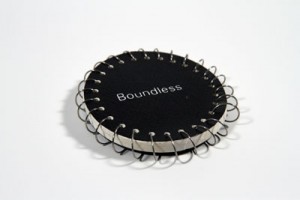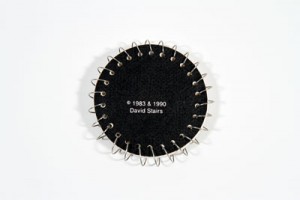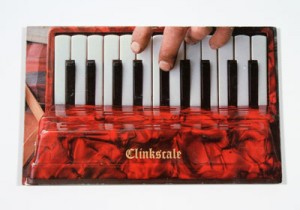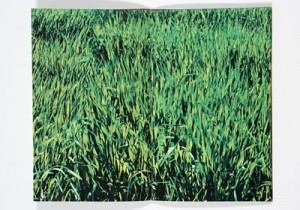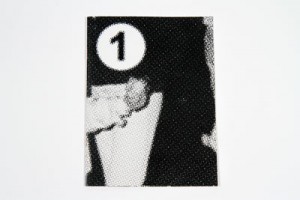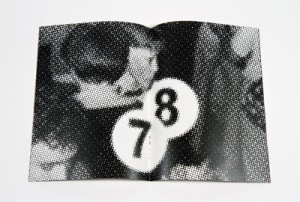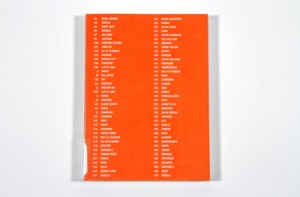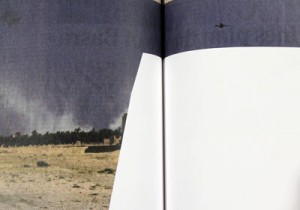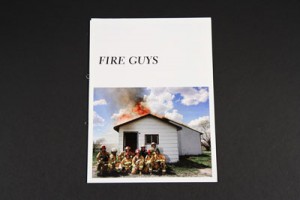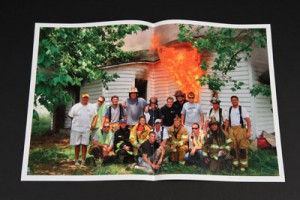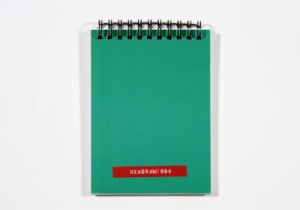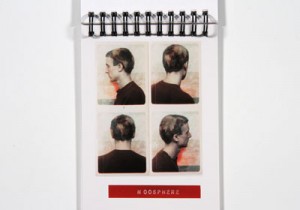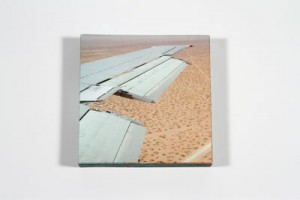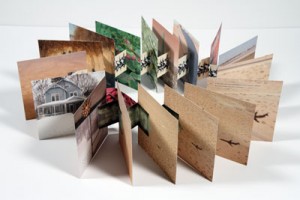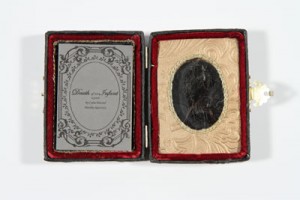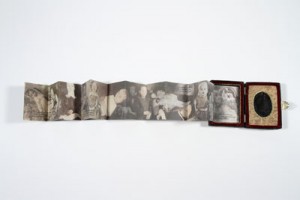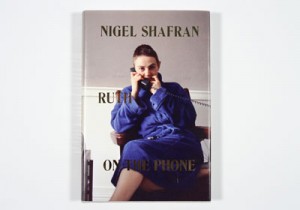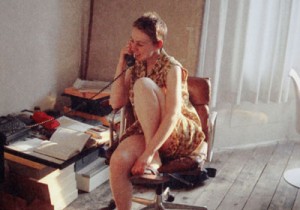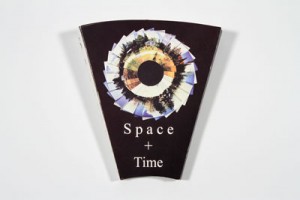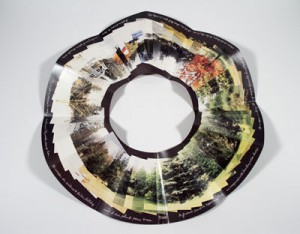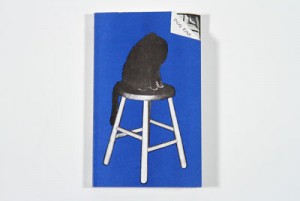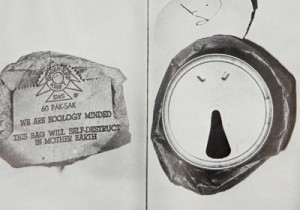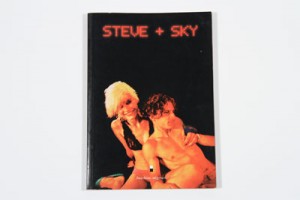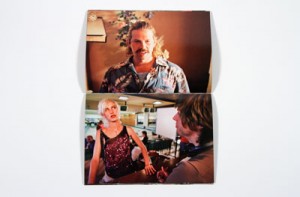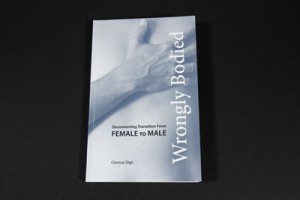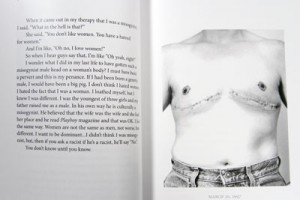Eye Candy: Show and Tell (with brief notes)
Why show and tell? These are a sampling of titles that are relevant and timely for current photo-book, artist book, and designer authored books. Over the past two weeks I have begun rereading classic (?) texts related to artist books and photo-books, among others. I wonder (to myself) how many people involved with the Camera Club of New York, and beyond, have read or remember reading “Photography Between the Covers” by Thomas Dugan? The first edition was printed in 1979 with the second in 1983. The publishing date is significant considering the self-conscious and intentional production of photo-books as or related to an art practice. In 1965 Ed Ruscha was interviewed about his little photo-books referring to them as readymades that utilized amateur photography and a flatness in printing enabled by commercial offset printing. Just 7-8 years prior to this interview Robert Frank published The Americans. Frank was a photographer who published a photo-book, Ruscha an artist/illustrator who published an artist book. Following the artist book paradigm, Diane Vanderlip curated an exhibition of “artists books” in 1973 in an attempt to define and describe what artists were doing with publishing. By 1975 artists’ books were being published with this new definition in mind. At this time the field of artists’ books also bifurcated, one direction continued with publications usually in editions and irregardless of printing method (offset, letterpress, photocopy, stencils, rubber stamps, etc.), the other direction explored the altered book or sculptural book object as an artists’ book type. Dugan’s book is timely in that it includes interviews from among emerging, mid career, and established photographer’s actively using the book format to publish their work, create artist book or photo-books. The book itself is dedicated to Syl Labrot (check out his book Pleasure Beach, which may still be for sale at the Visual Studies Workshop press). Photographers included in Dugan’s book: Syl Labrot, Nathan Lyons, Ralph Gibson, Larry Clark, Keith Smith, Joan Lyons, Eikoh Hosoe, Bea Nettles, Duane Michals, George Tice, Robert Adams, Scott Hyde, A.D. Coleman, David Godine, and Sid Rapoport.
So why show and tell? I included the following examples to pique your interest in artist books and your continued interest in photo-books. It is my hope that I have introduced you to new topics or areas of inspiration as the guest blogger for the past three months. I am grateful to the CCNY director and board for taking a chance and inviting a non-photographer to share a different perspective. “Boundless” has been a favorite of mine since I was first introduced to it in 1995 while as an MFA student at the School of the Art Institute of Chicago. I worked in the Joan Flasch Artist’s Books Collection for two years in the mid-1990s and handled all the books in the collection. Boundless is a conceptual one-liner that I refer to in teaching and for conceptual inspiration (and frustration). Is this a multiple, an editioned object? Is it just an editioned artist book? Or perhaps a book object? It could be any or all three. Honestly, I have not idea if it is a photo-book as well!
Boundless by David Stairs.
1990, c. 1983.
Boundless, recto.
Boundless, verso.
The continuous spiral binding makes the book impossible to open!
As with Boundless, I was introduced to Clinkscale at the Art Institute of Chicago’s artists’ books collection. The simplicity of the books, tongue and cheek presentation of an accordion (Clinkscale is a UK brand of accordion) on the covers, with the interior content displayed on an accordion fold, allows the reader a little smile of understanding; you are in on the joke. But this smile transforms into puzzlement and wonder as you view the pages of the book – all of leaves of grass in a patch or field on a sunny day. About ten years ago I corresponded with Helen Douglas who said that the content, for her, was more closely related to a moment of meditation or introspection, that it was meant to be pleasing and calming, and playful overall.
Clinkscale by Telfer Stokes and Helen Douglas.
Weproductions, 1977?
Clinkscale, interior detail.
“This series of paperbacks published between 1972-1978 constitute early and original works in the development of the genre Artists’ Books / Book Art. Locating the book as structured place with the use of photography, the artists investigate imagery in relation to the page and the book format to develop new ways of reading. Primarily visual with embodied texts the books construct time-based and specialised narratives within the sequencing of pages.” — Weproductions website.
Kessels books reminds me of a mix among the artists’ books by John Baldessari, Ed Ruscha, Alex Sweetman, and the artists’ books by Philip Zimmermann. This particular book of highly magnified black and white images of people dancing, includes numbers on each page. As with many artists’ books there is no text describing the content, nor other descriptive matter. Still the book is engaging and mystifying. From my perspective it represents a “type” of current publications with similar printing and binding techniques, and content that has a potential of being profound, but is only interesting for one or two readings.
Dancing with Numbers by Erik Kessels.
Self published, 2012.
Dancing with Numbers, cover.
Dancing with Numbers, interior detail.
Banner’s books is sobering. Using clippings from newspapers reinforces the elements of reporting ‘news’ to a general public audience. There is a 2004 edition in addition to this printing in 2006. Check out Bury’s essay for more details.
All the World’s Fighter Planes by Fiona Banner.
The Vanity Press, 2006.
All the World’s Fighter Planes, cover.
All the World’s Fighter Planes, interior detail.
**And essay by Stephen Bury.
Fire Guys makes me smile everytime I read/view it. At first the content seems jarring or startling. Also the fire fighter centerfold is perfect conceptually and culturally – initially unexpected and then reassuring in that the authors are clearly having a good time with this publication.
Fire Guys by Idan Hayosh and Corina Künzli.
Baden, Switzerland: Kodoji Press, c2011.
Fire Guys, cover.
Fire Guys, interior detail.
Synopsis: In this book of photographs, we see portraits of firefighters in unlikely repose; relaxed and smiling, they gather with one another in front of houses fully ablaze. The juxtaposition is jarring, irreverent, but ultimately hilarious – for we quickly realize that the images are taken at sites of training and practice. — from Printed Matter web page.
What else can I say about Headrawings? I think I selected this at random: it has photographs, is cheaply made, and the content is strait forward and unapologetic. The use of ‘press type’ labels is nice in that it references books and art works from a time when this labeling technology was readily available: the 1980s.
Headrawings by David Stairs.
English Language Press, 2010.
Headrawings, cover.
Headrawings, interior detail.
This book by Zimmermann is very popular. Zimmerman successfully integrates form and content in this tour de force of an artist book, photo-book. His use of Heidi Kyle’s book structure is well conceived. And tough it is delicate it is not precious. See the author summary below…
Nature Abhors by Philip Zimmermann.
Spaceheater Editions, 2003.
Nature Abhors, cover.
Nature Abhors, interior detail.
Author summary: “My book entitled Nature Abhors is about loss, the inevitable by-product and, (perhaps pessimistically) the final result of love. In the past four years I have had a great deal of loss in my life. This book is a rumination on what loss has meant for me personally and also what I have found has been a more universal feeling of loss since 9.11. It is determinedly not about that disaster but more about the zeitgeist since that world-changing event.” — Bookseller’s Website. The structure of the book is based on a model developed by Claire Van Vliet from a form originally created by Hedi Kyle. To be read through on one side, then on the reverse. Accordion-folded, each sheet affixed to the next with paper tabs illustrated with reproductions of x-rayed segments of spinal vertebrae on one side and drawn illustrations of spinal vertebrae on the other side. Housed in illustrated slipcase numbered by the artist. The whole is housed in a grey corrugated cardboard box with illustrations from the book collaged on the top and side; also numbered by the artist. Produced at the Border Art Residence, in beautiful La Union, New Mexico. – from back cover.
Death of an Infant by Lydia Howard Sigourney.
Lock and Key press, n.d.
Death of an Infant, cover.
Death of an Infant, interior detail.
Ruth on the Phone by Nigel Shafran.
Roma Publications, 2012.
Ruth on the Phone, cover.
Ruth on the Phone, interior detail.
“A series of chronologically ordered photographs taken between 1995 and 26th January 2004, the book takes the form of a novel without words. The sequence shows Ruth, first at the end of the telephone receiver, later on a cordless phone, the one constant as time and place change around her.” – Amazon.com
Space + Time by Ken Leslie
Nexus Press, 2002.
Space + Time, detail.
“Space + Time is Ken Leslie’s project where he marked off 52 equally spaced points from one place in his garden, then sitting in the same spot, shot a photo once a week facing each successive point & created a circular foldbook. The book is housed in a slipcase featuring a photo of the photos joined together.” JCBA, Jaffe Center for Book Arts blog.
Spaces by Telfer Stokes and Helen Douglas.
Weproductions, 1974.
Spaces, cover.
Spaces, interior detail.
“This series of paperbacks published between 1972-1978 constitute early and original works in the development of the genre Artists’ Books / Book Art. Locating the book as structured place with the use of photography, the artists investigate imagery in relation to the page and the book format to develop new ways of reading. Primarily visual with embodied texts the books construct time-based and specialised narratives within the sequencing of pages.” — Weproductions website.
Steve + Sky by Felix van Groeningen.
Imschoot Uitgevers, 2004.
Steve + Sky, cover.
Steve + Sky, interior detail.
“Glossy pages of photographs by Fred Debrock based on a film by Felix van Groeningen. The images depict sordid tales of love, obession, loss and sex. Set in streets, bars and shabby apartments the photographs play with the line between truth and fiction.” — Art Metropole website.
Wrongly Bodied: Documenting Transition from Female to Male by Clarissa T. Sligh.
Philadelphia, PA Leeway Foundation, c2009.
Wrongly Bodied, cover.
Wrongly Bodied, detail.
“Wrongly bodied came out of photographing Jacob McBee in transition from female to male and William Craft’s book, Running a thousand miles for freedom, first published in London in 1860 by William Tweedie, twelve years after Ellen and William Craft’s escape from Georgia.”–P. 8.
Summary: Wrongly Bodied Two (2004) weaves together the stories of two people. One chronicles Jake’s modern day evolution from female to male. His experience is juxtaposed with that of Ellen Craft, a 19th century black woman who escapes slavery by passing as a white man. While photographing Jake’s transition, Sligh became conscious of society’s psychological response to the transgressive act of changing one’s identity and recalling Ellen Craft’s journey to freedom, Sligh confronts her own fears of crossing the taboo boundaries of gender, race and class.
Contents: Introduction — Jake in transition from female to male : Ellen and William Craft’s escape from slavery — Jake’s transition time line — Jake’s support group – March 28, 1999 — Essays — Jake in transition from Female to Male series or, through the mirror and what Clarissa found there by Carla Williams — Women in transition (from female to male) (Translated from Italian) by Silvia Roncucci — Afterword — How I met Jake by Clarissa Sligh — Bibliography — Exhibitions.
All photographs of these “Eye Candy” books were photographed by Art Soontornsaratool for the book arts catalog at Decker Library, Maryland Institute College of Art, as reference images only.

